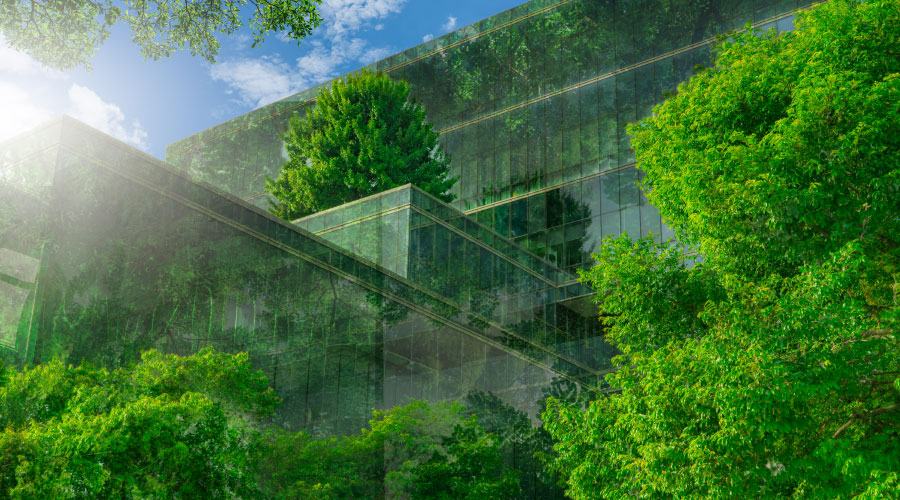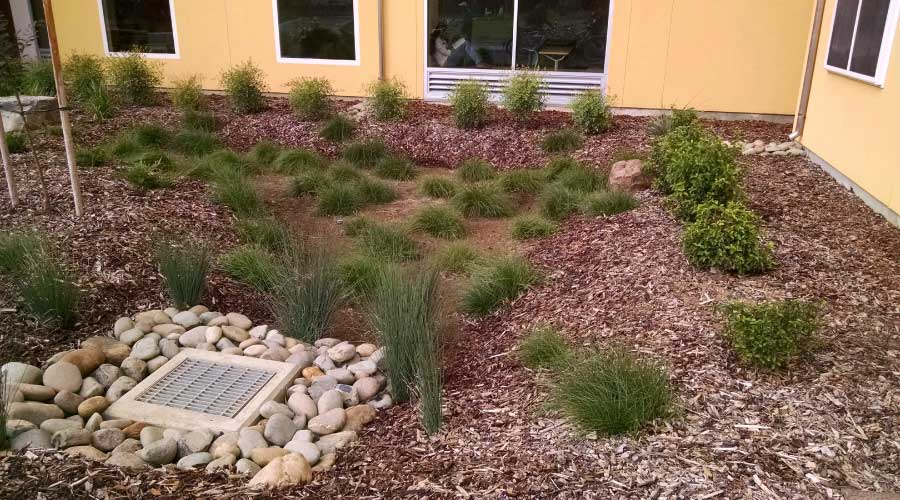LEED Certification Starts with Building Analysis
Before most maintenance and engineering managers even commit to a green building certification project, doubts surface. To truly become more environmentally responsible, commercial and institutional facilities — as well as building occupants and staff — must commit to change and go beyond traditional maintenance practices.
That transformation can be intimidating for any maintenance and engineering department. But when that department oversees the world’s largest commercial building, those uneasy feelings become even more prevalent.
“You could say it’s daunting,” says Mark Bettin, vice president of engineering with Merchandise Mart Properties Inc., which manages The Merchandise Mart in Chicago, the world’s largest commercial building.
The Merchandise Mart is a commercial landmark, spanning two city blocks and rising 25 stories. At 4.2 million square feet, the world’s largest commercial building is second in size only to the Pentagon. The 79-year-old facility houses about 800 tenants, welcomes 20,000 daily visitors and hosts dozens of trade shows and consumer events each year.
Considering the size of the building and the range of activities taking place inside of it, managers at The Merchandise Mart knew it would not be easy to vie for certification under the U.S. Green Building Council’s (USGBC) Leadership in Energy and Environmental Design (LEED) rating system.
But in 2005, the organization decided to work toward LEED certification, sparking a two-year process that ended with the USGBC awarding the facility with LEED for Existing Buildings (LEED-EB) silver certification in November 2007.
“When we started getting into it and went through a Phase 1 review of our operations, we learned we were doing a lot of things that are good (for the environment), current and proper,” Bettin says. “When you have a building this size, you have the luxury of having smart people in a lot of different departments.”
Step by Step
The Merchandise Mart partnered with the Delta Institute — a Chicago-based, non-profit organization that funds and implements programs to promote a healthy environment — to analyze building practices in three phases, beginning in 2005. The first phase analyzed the building’s maintenance and operations practices, including building systems and equipment and waste-management procedures.
“We did Phase 1, and some of our good baselines were in recycling,” Bettin says. “We started doing that in 1991. There also was involvement from the early 1990s in green products for housekeeping.”
The Merchandise Mart had been using Green Seal-certified cleaning products since 1990, and in 1991 implemented a comprehensive recycling program that includes light bulbs, batteries and construction materials. The Mart also worked to reduce the discharge of ozone-damaging chlorofluorocarbons by entering an agreement with a district cooling system.
Even though a history of sustainability existed at the Mart for more than a decade, LEED certification meant the organization had to become even more environmentally responsible.
In July 2006, the facility began Phase 2 of the LEED process by submitting its application for certification to the USGBC. The next step was developing new building programs and policies that would reflect the organization’s increased commitment to environmental responsibility. The third and final phase of the LEED process began in early 2007, when the management team implemented the green programs outlined in Phase 2.
“When we had the kick-off meeting and other subsequent meetings, they knew what the goal was,” Bettin says of his long-tenured staff. “And because they had been here for many years, they know a lot about the property. They know a lot about the (trade) shows and what we have to do to get ready.
“They can think through all those different aspects of how to solve a problem or how to refine a process.”
Related Topics:














